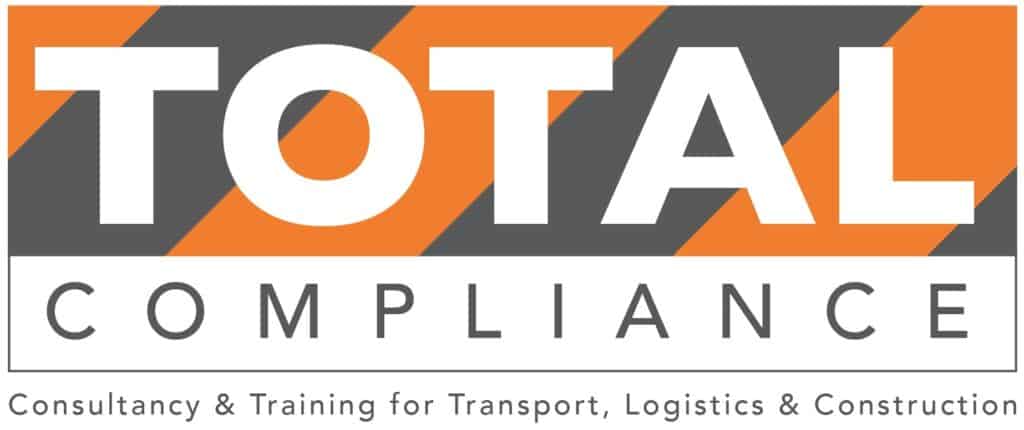

𝐎𝐩𝐞𝐫𝐚𝐭𝐨𝐫 𝐋𝐢𝐜𝐞𝐧𝐜𝐞 𝐔𝐧𝐝𝐞𝐫𝐭𝐚𝐤𝐢𝐧𝐠𝐬 – 𝐕𝐞𝐡𝐢𝐜𝐥𝐞𝐬 𝐚𝐧𝐝 𝐭𝐫𝐚𝐢𝐥𝐞𝐫𝐬 𝐚𝐫𝐞 𝐧𝐨𝐭 𝐨𝐯𝐞𝐫𝐥𝐨𝐚𝐝𝐞𝐝
The safe loading of vehicles is a fundamental requirement of both Traffic Commissioners requirements, as well as Road Traffic Law in general.
Depending on which industry you are in, will determine what measures you will need to take to ensure compliance. From the days when Jonathan used to drive a fridge vehicle loaded with pallets, it is not hard to see how this kind of cargo is significantly easier to handle than the safe loading of fourteen different pieces of steel on a flatbed which are all different shapes and sizes.
The undertaking is the same no matter what kind of loads you carry – they must be safely loaded and the vehicles not overloaded! There is a very helpful guide issued by the Department for Transport (DfT) which lists all different load types and how they recommend that they are secured and we advise all operators to familiarise themselves with this guide. If you need the link, please let us know. However, the new code of practice is currently being reviewed for late 2022 or early 2023 which is sector specific so watch out for this being released.
If stopped at the roadside, the question of load security is what the DVSA will be asking themselves about your load. They are looking to see if there is an immediate danger to road users in transit? If yes then a prohibition will be heading your way.
The issue that many operators find themselves in is that the determination of load security at a roadside check is a very subjective (to mean opinion based), approach by vehicle examiners. They may feel that the load is insecure where the driver is quite satisfied that the load is secure.
Providing your drivers with safe loading of vehicle training is a good way of ensuring that your drivers are up to speed and we recommend that the training is a practical based type so that the loads which your business carries can be discussed and loading methods identified to ensure that your drivers have the require knowledge on how to secure them.
We also recommend that the DVSA load securing enforcement guide is referenced as this could point you in the direction of a potentially unsafe load.
We had a driver stopped by DVSA recently and he received a fine because his load was not close enough to the vehicle headboard and had the driver read this guide, it clearly states that the load must be within 30cm of the headboard and this would have avoided that costly and unnecessary fine.
Safe loading training is essential and should be one if the driver CPC modules in your 5 yearly cycle, along with training on induction and after any issues raised or incidents.
If you need any assistance with the topics covered in our Total Compliance Fortnightly Focus, please get in touch through info@totalcompliance.co.uk or by called 0345 9001312.
#operatorlicence #transport #compliance #drivers #trafficcommissioner #totalcompliance #fortnightlyfocus #hgv #drivercpc #tachograph #drivershours #safeloading
